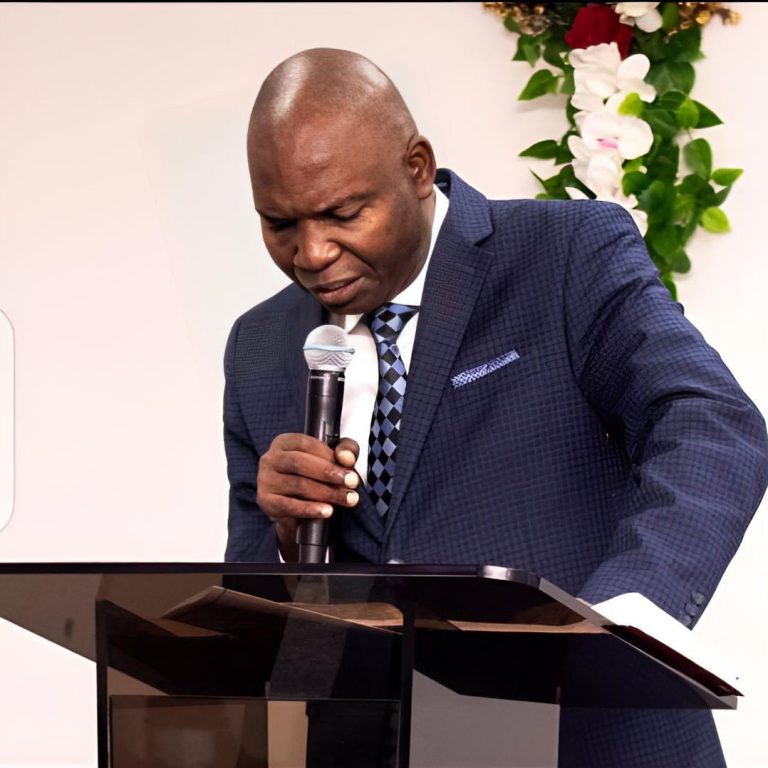Bridging the Gap: Navigating the Intersection of Secular and Spiritual Life
- Understanding what Secular life is
- Understanding what Spiritual life is
- Strategies for bridging the gap between secular and spiritual life
Understanding what Secular life is
Secular life refers to a lifestyle, worldview, or societal approach that is not influenced or guided by religious beliefs or doctrines. In a secular context, individuals, institutions, and societies prioritize non-religious principles, emphasizing reason, evidence, and human-centered values in decision-making and daily life. Secularism promotes the separation of religious institutions from political, social, and educational structures, advocating for a neutral and inclusive public sphere where diverse beliefs coexist without any specific faith dominating the public discourse. In essence, a secular life involves navigating one’s existence without reliance on religious frameworks or dogmas, emphasizing individual freedoms, rational inquiry, and a pluralistic approach to societal engagement.
Understanding what Spiritual life is
Spiritual life encompasses an individual’s journey to explore, understand, and connect with a sense of higher purpose, meaning, or transcendent reality. It involves the exploration of one’s inner self, values, and beliefs beyond the material or physical aspects of existence. Spiritual life is highly personal and can manifest in various forms, including religious practices, meditation, contemplation, or engagement with philosophical and ethical questions.

Key elements of a spiritual life often include:
- Seeking Meaning and Purpose:
Individuals on a spiritual journey often seek deeper meaning and purpose in life, looking beyond the superficial or material aspects to understand the essence of their existence.
- Connection to Something Greater:
Spiritual life often involves a sense of connection to a higher power, universal consciousness, or a transcendent reality. This connection provides a framework for understanding the broader context of existence.
- Inner Exploration and Growth:
Engaging in practices such as meditation, self-reflection, or mindfulness allows individuals to explore their inner selves, fostering personal growth, and self-awareness.
- Values and Ethics:
Spiritual life often guides individuals in the development and adherence to a set of values and ethics that go beyond societal norms. These values may be rooted in compassion, love, empathy, and a sense of responsibility towards others.
- Transcending Ego:
Spiritual practices often aim at transcending the ego or the self-centered mindset. This involves recognizing a deeper interconnectedness with others and the world, fostering a sense of unity and compassion.
Strategies for bridging the gap between secular and spiritual life
In the modern world, many individuals find themselves navigating the delicate balance between secular and spiritual aspects of life. The perceived gap between these realms often raises questions about integration, harmony, and authenticity. This article explores strategies for bridging the gap between secular and spiritual life, fostering a more holistic and meaningful existence.
- Acknowledge the Interconnectedness:
Recognize that secular and spiritual aspects are not mutually exclusive; rather, they are interconnected facets of our human experience. Embracing this interconnectedness lays the foundation for bridging the gap, allowing individuals to weave spirituality into the fabric of their daily lives.
- Define Personal Values:
Identify and define personal values that resonate with both secular and spiritual beliefs. These values serve as a compass, guiding decision-making and actions in alignment with one’s overarching principles. This approach helps create a coherent framework that bridges the perceived gap.
- Mindful Living:
Practice mindfulness as a means of bridging the gap between the secular and spiritual. Being present in the moment, whether in work, relationships, or daily activities, enables individuals to infuse spiritual awareness into their everyday experiences, fostering a sense of connection and purpose.
- Integrate Spiritual Practices:
Incorporate spiritual practices into daily routines without compartmentalizing them. This could include meditation, prayer, or moments of reflection. By seamlessly integrating these practices, individuals can infuse spiritual awareness into their secular activities, fostering a harmonious coexistence.
- Seek Common Ground:
Explore the common ground between secular and spiritual principles. Many ethical and moral values are shared across various belief systems. Focusing on these shared principles creates bridges rather than walls, fostering understanding and cooperation in both personal and community contexts.
- Embrace Diversity:
Acknowledge and appreciate the diversity of spiritual beliefs and practices. Embracing diverse perspectives fosters an inclusive approach to bridging the gap. Engaging in respectful conversations with people of different faiths or worldviews can enrich one’s own spiritual journey.
- Serve Others:
Engage in acts of service and kindness as a way to bridge the gap. Selfless service aligns with both secular ideals of altruism and spiritual principles of compassion. Volunteering or contributing to the well-being of others provides a tangible expression of the interconnectedness of secular and spiritual values.
- Reflect on Life’s Purpose:
Contemplate life’s purpose and meaning, integrating secular ambitions with spiritual aspirations. Recognizing that personal and professional pursuits can align with higher principles helps individuals navigate their life journey with a sense of purpose and fulfillment.
Conclusion:
Bridging the gap between secular and spiritual life is not about compartmentalizing beliefs but finding ways to integrate them harmoniously. By acknowledging the interconnectedness of these aspects, defining personal values, and embracing practices that foster mindfulness and service, individuals can navigate a more holistic and meaningful existence. This journey is a dynamic and personal exploration, leading to a life where secular and spiritual dimensions coexist in a balanced and enriching manner.













